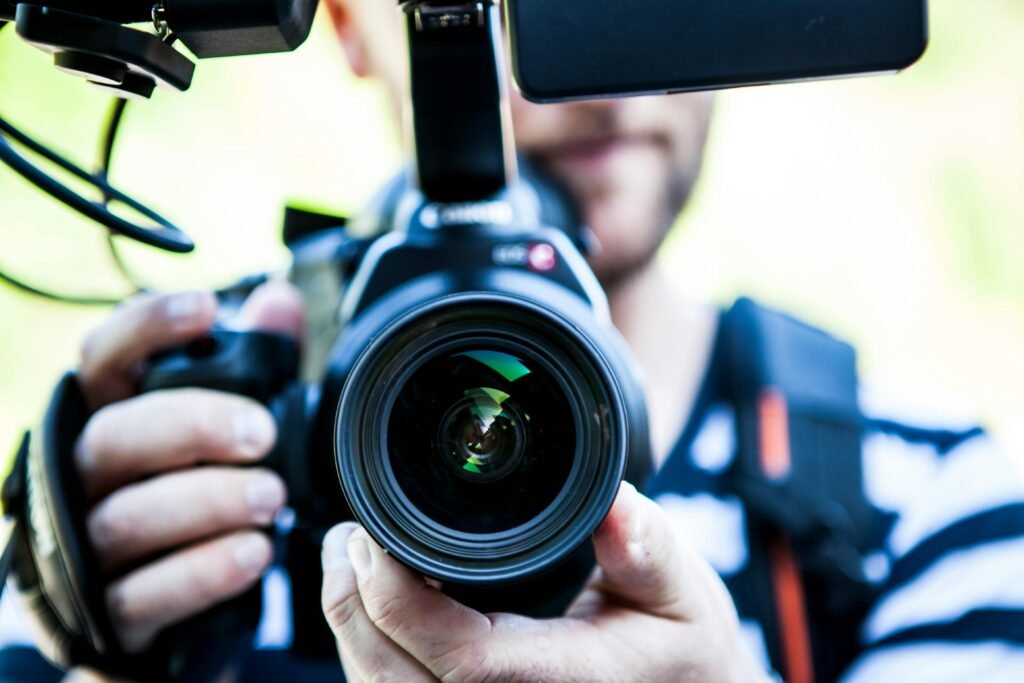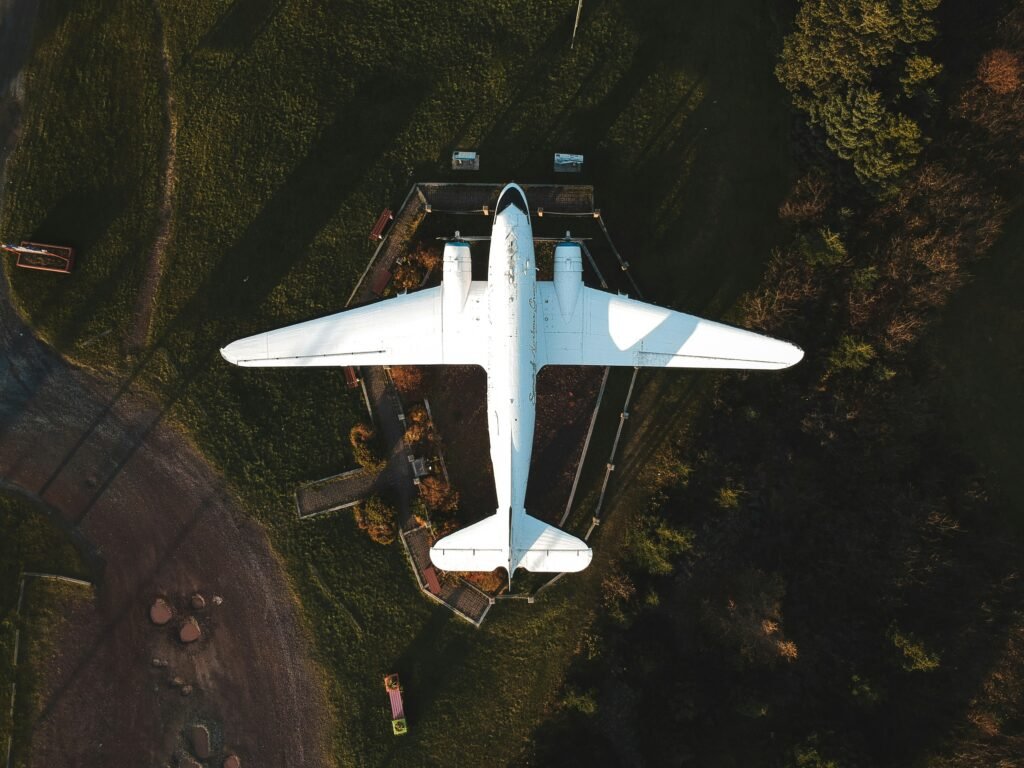
Introduction to Camera Technology Advancements
In recent years, the photography industry has witnessed considerable advancements in camera technology, driven by the demands of both amateur and professional photographers. Nikon and Canon, two of the most prominent names in this sector, have made significant strides in enhancing their camera products. These improvements lay the groundwork for capturing stunning imagery with precision and clarity, thereby enriching the photography experience.
The evolution of camera technology can be attributed to various factors, including the integration of advanced sensors, improved autofocus systems, and the development of software algorithms that enhance image processing. Nikon has introduced its latest series of mirrorless cameras, which utilize cutting-edge sensor technology to deliver exceptional results even in low-light conditions. Similarly, Canon’s recent offerings boast remarkable image stabilization features and high-speed shooting capabilities that cater to a wide range of photography styles.
Moreover, the importance of innovation in camera technology cannot be overlooked. With each new generation of cameras, brands like Nikon and Canon not only focus on enhancing image quality but also prioritize user experience. This includes intuitive interfaces and connectivity features that allow photographers to share their work seamlessly across various platforms. Additionally, the inclusion of video capabilities has become a standard expectation among users, expanding the versatility of modern cameras beyond traditional still photography.
As we explore the latest features and trends seen in new camera models, it becomes apparent that the convergence of technology and user-friendly design is shaping the future of photography. Both Nikon and Canon continue to push the boundaries of what is possible in camera technology, ensuring that photographers have access to tools that empower their creativity and enhance their storytelling abilities. This ongoing journey of innovation emphasizes the importance of staying updated with the current advancements in the camera landscape.
Nikon’s Latest Camera Releases
Nikon has continuously evolved its camera offerings, and the latest models released in 2023 showcase significant advancements in technology, prominently enhancing the photography experience for both enthusiasts and professionals. The introduction of the Nikon Z9, a flagship mirrorless camera, has redefined the standards of performance and image quality in the Nikon lineup. This remarkable camera is equipped with a 45.7-megapixel stacked CMOS sensor and uses an innovative EXPEED 7 image-processing engine, promising improved image quality and faster operation.
One of the standout features of the Nikon Z9 is its groundbreaking autofocus system. Utilizing an advanced hybrid autofocus technology, the camera boasts up to 493 focus points and real-time object detection, ensuring that subjects are captured with precision and clarity even in challenging shooting conditions. This feature is particularly beneficial for wildlife photography and sports, where fast-moving subjects are common. Additionally, the camera includes advanced subject tracking capabilities, allowing users to capture fleeting moments with ease.
Complementing the Z9, Nikon has also released several lenses that enhance the capabilities of their latest cameras. The NIKKOR Z 24-120mm f/4 S and NIKKOR Z 100-400mm f/4.5-5.6 VR S lenses provide photographers with versatile options for different shooting scenarios. These lenses incorporate cutting-edge optics and coatings, delivering exceptional image sharpness and color accuracy, which are essential for professional-grade photography.
Moreover, Nikon’s commitment to innovation is evident through firmware updates and features that improve overall usability, such as enhanced video recording capabilities, 4K 120p, and wireless connectivity options. This blend of cutting-edge technology and user-friendly features positions Nikon’s latest offerings as formidable contenders in the competitive camera market, appealing to a diverse range of photographers, from beginners to seasoned professionals.
Canon’s Pioneering Camera Innovations
Canon has long been synonymous with photography excellence, consistently pushing the boundaries of camera technology to enhance the user experience and image quality. In recent years, Canon has introduced several new products that stand out in a competitive market, thanks to innovative features and advancements in various areas, including image processing and low-light performance.
One notable innovation is Canon’s Dual Pixel CMOS AF technology, which allows for fast and accurate autofocus across a wide range of shooting situations. This proprietary technology has significantly improved the autofocus capabilities of Canon cameras, making them particularly advantageous for both amateur and professional photographers. With the recent introduction of models equipped with improved variants of this system, users can expect enhanced tracking of moving subjects, facilitating clearer shots even in dynamic environments.
In addition to advancements in autofocus, Canon has made significant strides in image processing power. The introduction of the DIGIC X image processor in their latest camera models has resulted in superior image quality, better color accuracy, and improved noise control, especially at high ISO settings. This enhancement is particularly beneficial for low-light photography, enabling users to capture sharp images in challenging lighting conditions without compromising quality.
Another impressive feature of Canon’s newer cameras is the implementation of advanced video capabilities, including 8K video recording and various frame rate options. This innovation, coupled with superior image stabilization features, positions Canon cameras as ideal choices for videographers looking to achieve cinematic-level quality. Furthermore, the user-friendly interface and customizable settings embedded within Canon’s camera systems make these devices accessible to a broad audience, from enthusiasts to seasoned professionals.
Overall, Canon’s commitment to pioneering technology is evident in their latest camera offerings, which provide users with cutting-edge functionalities that enhance image capture in diverse environments. Canon’s focus on unique and effective solutions ensures that they remain a leader in the ever-evolving photography market.
Comparative Analysis of Nikon and Canon Technologies
In the realm of professional photography, Nikon and Canon have long been two leading contenders, each consistently innovating to push the boundaries of camera technology. Recent advancements have led to noteworthy developments in both brands that merit a closer examination for potential buyers. Canon’s latest EOS R5 has garnered attention for its impressive 45-megapixel sensor and remarkable burst shooting capabilities, reaching up to 20 frames per second. Such features are complemented by advanced autofocus technologies, including Dual Pixel AF II, which offers 1,053 autofocus points – a significant leap over previous models.
Conversely, Nikon’s Z9 has set new standards with a 45.7-megapixel stacked sensor, making it a formidable competitor. It supports 120 frames per second for still images and boasts a sophisticated multi-area autofocus system that ensures precise focus even in challenging conditions. Both cameras display excellent performance in low-light environments, but user experiences may vary widely based on personal preferences for ergonomics and interface design.
Performance metrics indicate that Nikon’s Z9 excels in continuous shooting modes, while Canon’s R5 shines in videography capabilities with 8K recording. Users often report that Canon’s color science yields warmer skin tones, an aspect particularly appealing to portrait photographers. On the other hand, Nikon enthusiasts often praise the robustness and weather sealing of their cameras, which are essential for outdoor shooting dynamics.
In a side-by-side comparison, it becomes evident that both brands offer a suite of technologies tailored to different photographic needs. Canon’s emphasis on hybrid capabilities and video performance stands in contrast to Nikon’s strengths in speed and ruggedness. Ultimately, the choice between Nikon and Canon technology hinges on the specific requirements of the photographer, as each brand presents compelling advantages worth considering.
Trends in Mirrorless Camera Technology
In recent years, mirrorless cameras have gained significant traction among photography enthusiasts and professionals, particularly in the offerings from Nikon and Canon. This shift towards mirrorless systems can be attributed to several factors that enhance the overall user experience, manifesting in lighter weight, more compact designs, and advanced technological features. Unlike traditional DSLR cameras, which rely on a mirror mechanism to reflect light into an optical viewfinder, mirrorless cameras operate without this component, leading to a more streamlined structure.
The compact design of mirrorless cameras not only makes them easier to carry but also more versatile in various shooting conditions. This is particularly advantageous for travel photographers or those who prefer an unobtrusive setup when capturing scenes. Additionally, mirrorless models typically come equipped with electronic viewfinders or LCD screens that provide real-time exposure previews, enabling photographers to visualize the final image before capturing it. This feature allows for improved accuracy in exposure settings and a more intuitive shooting experience, especially in challenging lighting conditions.
As both Nikon and Canon continue to innovate within their mirrorless camera lines, we can expect advancements in features such as autofocus systems, burst shooting speeds, and video capabilities. Current models demonstrate impressive autofocus performance, making them suitable for capturing fast-moving subjects and dynamic settings. Moreover, with the growing demand for high-resolution video content, the integration of advanced video functionalities into mirrorless systems signifies a major trend that highlights the importance of these devices in the modern photographic landscape.
Looking ahead, the mirrorless camera segment is poised for continued growth. With evolving technology and consumer preferences shifting towards more portable imaging solutions, Nikon and Canon are likely to enhance their mirrorless offerings, making them more appealing to a wider audience. This trend heralds an exciting era in photography, marked by innovation and adaptability, as both companies strive to meet the diverse needs of photographers everywhere.
Integration of Artificial Intelligence in Camera Functions
In recent years, the incorporation of artificial intelligence (AI) in digital imaging technology has significantly altered how photographers engage with their equipment, particularly with renowned brands like Nikon and Canon. Both manufacturers have made substantial advancements in integrating AI capabilities into their cameras, enhancing functionality and user experience. One of the key features driven by AI is automated scene detection, which allows cameras to recognize various photographic scenarios, such as landscapes, portraits, or night scenes, and adjust settings accordingly. This innovation implies that even novice photographers can achieve professional-grade results without needing extensive knowledge of camera settings or photography techniques.
Another crucial aspect of AI integration is the improved autofocus systems found in the latest Nikon and Canon models. These systems employ machine learning algorithms that analyze the subject’s movement and environment in real-time, ensuring that focus is rapidly and accurately adjusted. This advance is particularly beneficial for capturing fast-paced action shots, where precision is imperative. AI-driven autofocus technologies not only improve the likelihood of a sharply focused image but also enhance overall shooting convenience, allowing photographers to concentrate more on composition rather than technical challenges.
Furthermore, AI has revolutionized image editing capabilities within camera systems, offering automated features that enhance post-processing efficiency. Functions such as automatic color correction, noise reduction, and enhancement of dynamic range are now standard, allowing users to fine-tune their images effortlessly. With these AI-powered tools, photographers can spend less time editing and more time capturing the moments they value.
The integration of artificial intelligence in Nikon and Canon cameras has undeniably transformed the photography landscape, providing both professional and amateur photographers with advanced tools that were once reserved for industry experts. As technology continues to evolve, the potential for AI to further enhance photographic experiences remains a promising frontier.
User Experience with Nikon and Canon Cameras
The latest iterations of Nikon and Canon cameras have garnered significant attention from both amateur and professional photographers alike. The advancements in technology integrated into these models have led to a multitude of user experiences that merit discussion. Users have praised features such as improved autofocus systems, enhanced low-light performance, and seamless connectivity options, leading to an overall increase in satisfaction among their consumer base.
Reviews of the Nikon Z series, for instance, frequently highlight the intuitive user interface and customizable settings that cater to photographers of all skill levels. Users express appreciation for the ergonomic design, which allows for long shooting sessions without discomfort. Additionally, the 4K video capabilities have made these cameras a preferred choice for content creators looking to produce high-quality visual content. Feedback indicates that the autofocus technology accurately tracks moving subjects, a critical feature for action photography.
In contrast, Canon’s latest EOS series has been noted for its color science and image quality, which many users feel exceeds expectations. Feedback often emphasizes the cameras’ ability to deliver consistent and vibrant colors right out of the box, making post-processing less cumbersome. Features such as Dual Pixel autofocus and vari-angle touchscreens have received accolades, enhancing the user-friendliness of these devices. Many users report finding the interface straightforward and easy to navigate, which is particularly beneficial for those new to photography.
Across user reviews, common themes emerge, including a desire for greater battery life and the performance of in-camera image stabilization. While most users express overall satisfaction with their Nikon or Canon cameras, these noted shortcomings signal areas for improvement. As technology evolves, user feedback remains a vital component in shaping future developments and ensuring that these brands meet the needs of their customers effectively.
The Impact of New Technology on Photography Styles
The advent of new technology in photography, particularly in Nikon and Canon cameras, has significantly influenced various photography styles, enabling photographers to explore new creative boundaries. With advancements such as improved sensors, enhanced autofocus systems, and sophisticated image processing algorithms, the capabilities of these cameras have evolved dramatically. This evolution has allowed photographers to capture images with unprecedented clarity and detail, regardless of the shooting conditions.
For landscape photographers, high dynamic range (HDR) imaging and enhanced low-light performance have transformed the way scenes are captured. Nikon and Canon’s latest models offer features that facilitate high-quality images in challenging lighting situations. The ability to shoot at higher ISOs without introducing significant noise is particularly beneficial for landscapes at dawn or dusk, allowing for stunning, vivid imagery that was once challenging to achieve. Furthermore, the integration of features like timelapse shooting has opened new avenues for presenting natural phenomena, providing endless creative possibilities for landscape artists.
Portrait photography has also been revolutionized by the latest technologies. With advanced autofocus systems that utilize facial recognition and eye tracking, photographers can ensure precise focus, even in dynamic situations. These enhancements allow for a more engaging portrayal of subjects, capturing subtle emotions with ease. Furthermore, Canon’s and Nikon’s innovative lighting adjustments and portrait modes simplify the process of achieving professional-quality results, empowering photographers to express their style effectively.
Event photography, encompassing weddings, parties, and live performances, greatly benefits from the rapid burst shooting capabilities and superior autofocus of the latest camera models. Photographers can now capture fleeting moments with incredible accuracy, preserving memories that resonate for years. The incorporation of connectivity features also enables easy sharing of images to social platforms, further enriching the photographic experience. This convergence of technology and creative expression underscores how the latest Nikon and Canon innovations are shaping diverse photography styles today.
Future Predictions for Camera Technology
As we look ahead to the future of camera technology, Nikon and Canon are poised to lead the charge in innovation. With rapid advancements in digital imaging and processing power, it is anticipated that the next generation of cameras will integrate artificial intelligence (AI) more comprehensively. This means intelligent image processing, automatic scene recognition, and enhanced autofocus systems that can adapt in real-time to various shooting conditions. AI could revolutionize how photographers capture images, making sophisticated techniques accessible to both amateurs and professionals alike.
Moreover, the emergence of computational photography will likely play a significant role in shaping future camera designs. This involves the merging of multiple images taken at different exposures and settings to achieve a final output that surpasses the limitations of traditional optics. Both Nikon and Canon may develop cameras that utilize advanced algorithms to not only improve image quality but also offer features like high dynamic range and low-light performance without the need for additional hardware.
Another trend to watch is the continued emphasis on connectivity. As cloud-based storage and sharing platforms become increasingly prevalent, cameras equipped with enhanced Wi-Fi and Bluetooth capabilities will enable seamless transfer of images to devices for immediate editing and sharing. This integration will facilitate a more streamlined workflow, allowing photographers to focus more on their creativity rather than technical hurdles.
The use of mirrorless technology is likely to expand, providing photographers with lighter and more compact options without sacrificing performance. With improved battery life and autofocus speed, mirrorless cameras from Nikon and Canon are expected to evolve even further, offering features that cater to diverse photography styles and needs.
In conclusion, the future of camera technology from Nikon and Canon appears promising, with several innovative trends and advancements anticipated to revolutionize the field of photography. As these brands continue to push the envelope, photographers will undoubtedly benefit from enhanced tools that elevate their artistic expressions.



